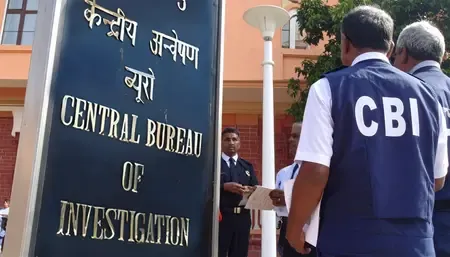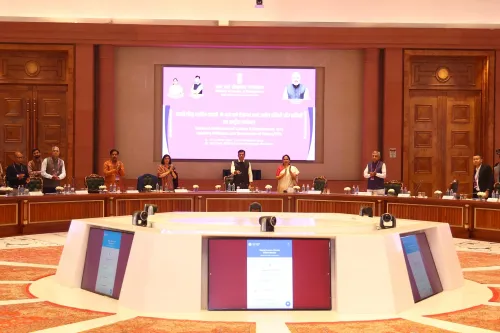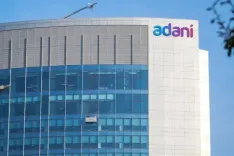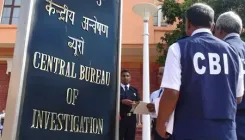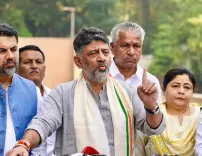Over 10.3 Crore Disadvantaged Families Accessing Subsidised LPG: Minister

Synopsis
Key Takeaways
- More than 10.33 crore beneficiaries under PMUY.
- Effective LPG price for PMUY users reduced to Rs 503.
- PMUY aims to provide deposit-free LPG connections to poor households.
- Improved LPG coverage from 62% in 2016 to near saturation.
- Transition to LPG enhances health and reduces environmental impact.
New Delhi, April 3 (NationPress) The count of beneficiaries availing subsidised LPG through the Pradhan Mantri Ujjwala Yojana (PMUY) has reached 10.33 crore as of March 1 this year, while the overall number of active domestic LPG users in India stands at 32.94 crore, as disclosed in Parliament on Thursday.
Despite the average international LPG price surging by 63 percent from $385/MT in July 2023 to $629/MT in February 2025, the effective price for PMUY beneficiaries for domestic LPG was slashed by 44 percent from Rs 903 in August 2023 to Rs 503 in February 2025, as stated by Minister of State for Petroleum and Natural Gas Suresh Gopi in a written reply to the Lok Sabha.
India imports approximately 60 percent of its domestic LPG consumption, with prices in the country being tied to international rates.
The current retail price for a 14.2 kg domestic LPG cylinder in Delhi is Rs 803. Following a targeted subsidy of Rs 300/cylinder for PMUY beneficiaries, the government is effectively providing 14.2 kg LPG cylinders at Rs 503 each (in Delhi), benefitting over 10.33 crore Ujjwala participants nationwide.
Initiated in May 2016, the PMUY aims to offer a deposit-free LPG connection to adult women from impoverished households across the nation.
The goal of distributing 8 crore connections under PMUY was achieved by September 2019, leading to its extension to cover additional impoverished households under Ujjwala 2.0.
Due to various initiatives by the government aimed at enhancing access and affordability of domestic LPG for PMUY beneficiaries, the per capita consumption of PMUY users (measured in terms of 14.2 kg LPG cylinders per year) has increased from 3.01 in 2019-20 to 3.68 in 2021-22, 3.95 in 2023-24, and 4.43 in 2024-25, according to the minister.
LPG coverage in India has elevated from 62 percent in April 2016 to nearly saturation today, the minister reported.
Efforts to promote LPG usage encompass organizing awareness campaigns about the PMUY, holding camps for enrollment and connection distribution, enhancing visibility through Out of Home advertisements, radio jingles, and providing online applications for PMUY connections at www.pmuy.gov.in and through local LPG distributors, the minister explained.
Moreover, public sector oil marketing firms are actively establishing new LPG distributorships, particularly in rural areas. Since the PMUY's inception, oil companies have set up 7,959 distributorships nationwide, with 93 percent serving rural regions, the minister noted.
Various independent studies have indicated that the PMUY scheme has significantly improved the lives of rural households, especially benefiting women and families in isolated areas.
Regarding the advantages of LPG, the minister stated that the PMUY has facilitated a transition from traditional cooking methods that rely on burning solid fuels such as wood, dung, and crop residues. The adoption of cleaner fuel diminishes indoor air pollution, enhancing respiratory health, particularly for women and children who are more susceptible to household smoke.
Rural households, especially those situated in remote locales, typically invest a considerable amount of time and energy collecting traditional cooking fuels. The introduction of LPG has alleviated the burden and time spent on cooking for women in low-income households. The time saved can now be directed toward various activities that enhance economic productivity.
The shift from biomass and traditional fuels to LPG reduces reliance on wood and other biomass for cooking, leading to decreased deforestation and environmental degradation. This not only benefits households but also contributes to broader environmental conservation efforts, the minister added.

